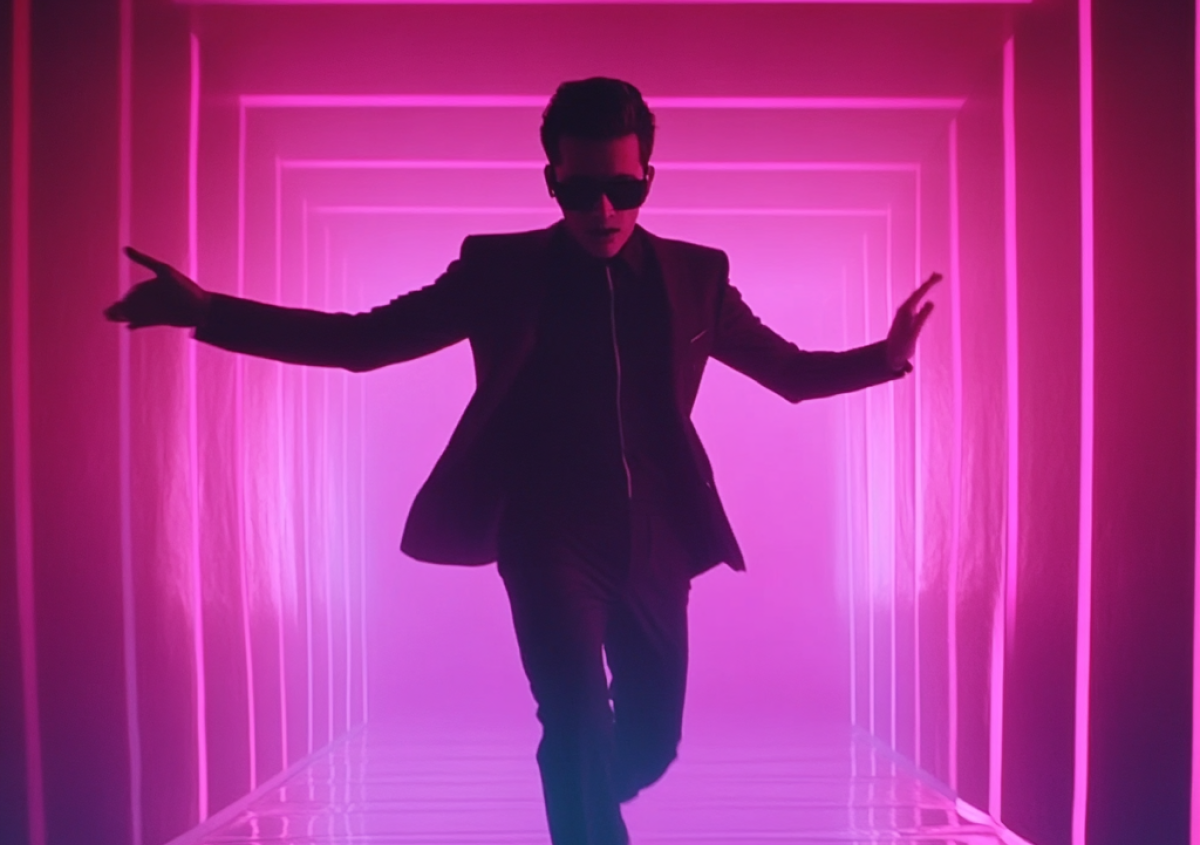Music videos have been a cornerstone of pop culture for decades, serving as a creative medium that extends far beyond the boundaries of music. They have not only enabled artists to visually stage their songs but have also influenced fashion trends, societal debates, and technological innovations.
The Evolution of a Cultural Phenomenon
The release of the first music video, “The Little Lost Child,” in 1894 marked the beginning of a revolutionary medium that would change the way people experience music. Though primitive by today’s standards, it laid the foundation for a new way of storytelling through music.
Decades later, the release of Video Killed the Radio Star by The Buggles in 1979 brought music videos into the modern age. Initially conceived as simple marketing tools, these productions quickly evolved into a central part of artists’ creative work and a major element of pop culture.
With the launch of platforms like MTV in the 1980s, visual music productions gained rapid importance, influencing trends, shaping the fashion world, and transforming how people connect with music. This era cemented music videos as a cultural phenomenon, blending art, technology, and entertainment.
Cultural Impacts and Fashion Trends
For decades, music videos have mirrored societal changes. Artists like Madonna and Michael Jackson did not just create songs but entire experiences that gained worldwide attention.
Their clips set fashion trends, inspired dance styles, and occasionally even sparked social movements. Madonna’s “Like a Prayer” and Jackson’s “Thriller” are examples that not only charmed audiences but also tackled social issues, sparking meaningful conversations and cultural debates.
Fashion played a key role in these productions. Artists used their visual projects to showcase bold styles that influenced global trends. An example is Beyoncé’s “Formation,” which not only highlighted her distinctive style but also celebrated Black culture and fashion, fostering recognition and appreciation for diverse aesthetics.
Digitization and New Accessibility
The internet and platforms like YouTube have made audiovisual content more accessible than ever before. This has democratized the music industry, allowing independent artists to reach a global audience without relying on major labels. Viral hits like Psy’s “Gangnam Style” demonstrate how quickly artists can achieve international fame through digital reach.
In addition to independent successes, mainstream artists like Drake have exemplified how digital platforms shape modern trends in music and video production. Drake’s “Hotline Bling” not only went viral for its catchy tune but also sparked global conversations and memes with its distinctive visual style and dance moves.
The video became a cultural phenomenon, influencing internet humor and popular culture while driving the song’s success. Similarly, his “Toosie Slide” leveraged social media platforms like TikTok, encouraging fans to participate in viral dance challenges and further blurring the line between music videos and interactive online trends.
Music’s Role in Boosting Entertainment Phenomena
Music has not only transformed pop culture through its own medium but has also significantly influenced the success of shows, sports, and entertainment industries. A prime example of this is the WWE (World Wrestling Entertainment), where music has been a cornerstone of its appeal.
Wrestlers often have iconic entrance themes that enhance their personas and make their appearances unforgettable. Tracks like The Rock’s electrifying anthem or The Undertaker’s haunting tune are as much a part of their identity as their in-ring performances. These themes create anticipation, hype, and emotional connection with the audience.
Beyond entrance music, WWE has also embraced music videos and collaborations with mainstream artists. Events like WrestleMania often feature live performances from artists, blending the excitement of music with the drama of wrestling.
Music videos starring WWE wrestlers have further expanded their reach. For instance, collaborations like John Cena’s rap videos or The Miz’s parody-styled music promos showcase how music can cross-pollinate with wrestling entertainment.
The crossover extends beyond just performance, influencing betting trends and fan engagement. High-profile events like the Royal Rumble leverage music to build excitement and create memorable moments that resonate with fans. These connections also play a role in interactive platforms where fans analyze Royal Rumble betting odds while immersing themselves in the event’s atmosphere.
The Ever-Evolving Fusion of Music and Pop Culture
Music continues to break boundaries and evolve, influencing industries far beyond its own. Whether through viral music videos, collaborations with other entertainment sectors, or the integration of cutting-edge technologies, its impact on pop culture remains unparalleled. As digital platforms expand and artists experiment with new forms of storytelling, music will undoubtedly keep shaping the cultural landscape for years to come.
